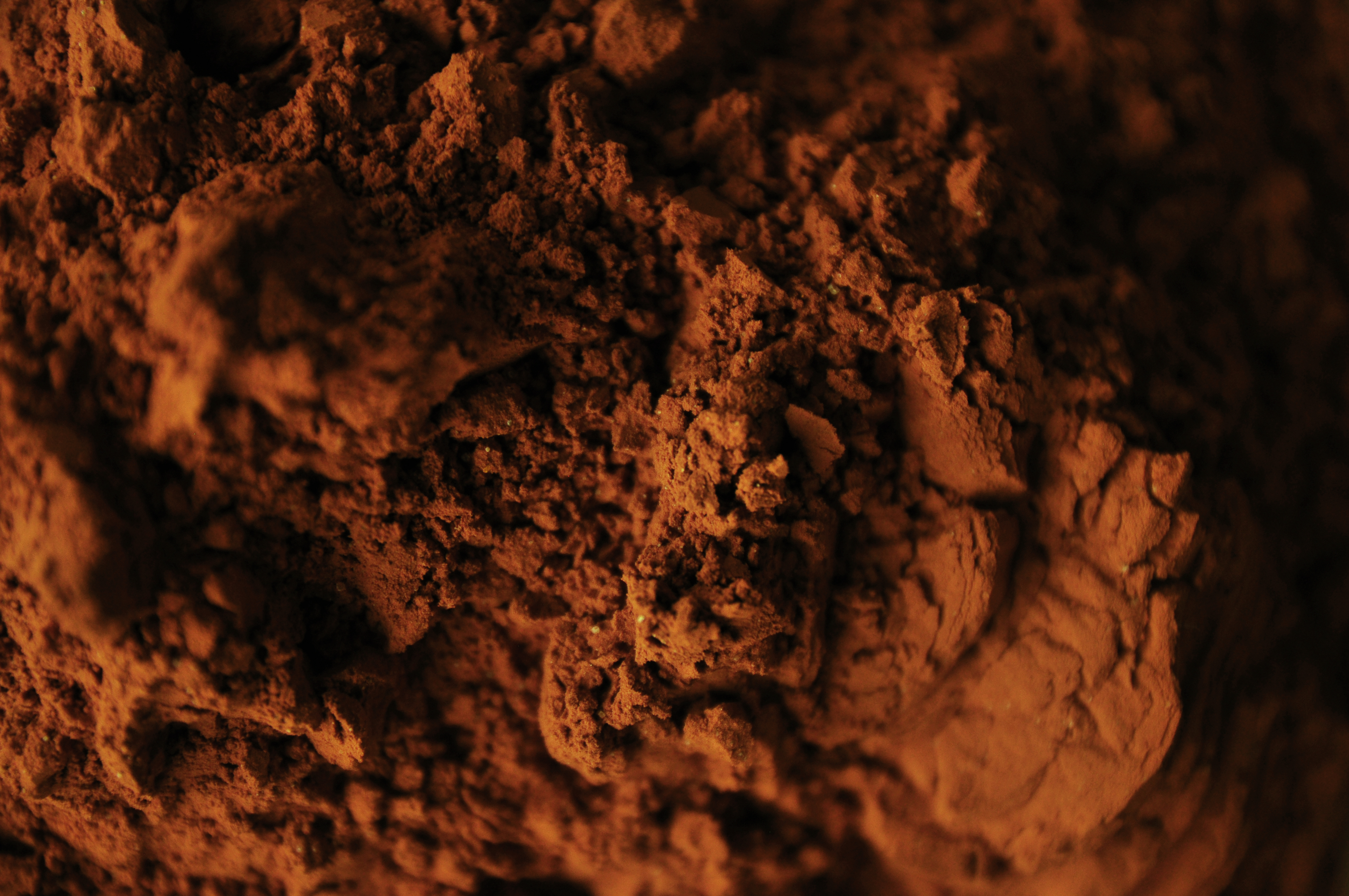

Madder extract
lat.: Rubia tinctorum
€3.52
Out of stock
Madder (Latin: Rubia tinctorum) has served as a natural dye for over 2000 years, known for its excellent dyeing properties. The roots of this plant contain a variety of colorants, predominantly red. Beyond the various tones of red, pink, violet, and orange achievable with different mordants, additional shades can be obtained through overdyeing with different plant dyes. Overdyeing with yellow dyes, such as weld or marigold, can produce bright oranges and peaches. Similarly, overdyeing with woad or indigo can yield various purples and violets.
This wonderful dye not only offers a broad palette but also reflects the ancient and enduring tradition of using natural resources for vibrant colors in textiles.
Name: madder extract
Latin name: Rubia tinctorum
Other names: dyer's madder, common madder, turkey red root, rubia, rose madder, alizari, madera, garance, kraproot
Type: mordant dye
Part of the plant used: roots
Main colorants: various red anthraquinones
Main colors: red
Other colors: various shades in a red spectrum such as crimson, purple, burgundy, lavender, pink, orange, peach, terracotta, cayenne, and others.
Dyeing with madder extract:
Use 10-15% WOF for deepest reds. Use less for lighter shades.
Dissolve the powder in a small amount of warm water and add to your dye pot.
Fibers should be soaked in water for at least 30 minutes before adding to the dye solution. For deepest colors use pre-mordanted fibers.
Add wet fibers to the dye solution and simmer for 40-60 minutes depending on the shade you want. Leave to cool and soak for a day or two for the deepest colors.
Madder can be sensitive to water and its properties, especially iron. If your water is soft you may add a bit of chalk to produce brilliant reds.
Madder reacts beautifully with different pH, so for a wider color palette experiment with additional citric acid, cream of tartar, soda ash, or chalk. Acid can bring out more orange tones while alkaline shifts towards deeper reds, purples, and violets.
To widen your palette even more experiment with additional mordants such as iron sulfate. You can place madder-dyed fibers into ~ 2% WOF iron sulfate solution and observe how color shifts towards purple.
After getting red tones you may use the solution several times for lighter shades such as indian red, pink, peach, lavender.
Information about natural dye extracts:
First and foremost, a small amount of extract goes a long way. Colorants are extracted from dyestuff in an eco-friendly manner that conserves space while retaining all dyeing properties. With the extract, you need 5 to 10 times less than the original dye. For example, 10 grams of madder extract can stand in for 100 grams of dried madder roots. This not only saves on storage but also reduces shipping costs. Moreover, extracts are quicker and simpler to prepare, making them ideal for beginners or those looking for quicker results. Additionally, for those bursts of inspiration where time is of the essence, having extracts ready is a game-changer, eliminating the lengthy wait of traditional dye solution preparation.